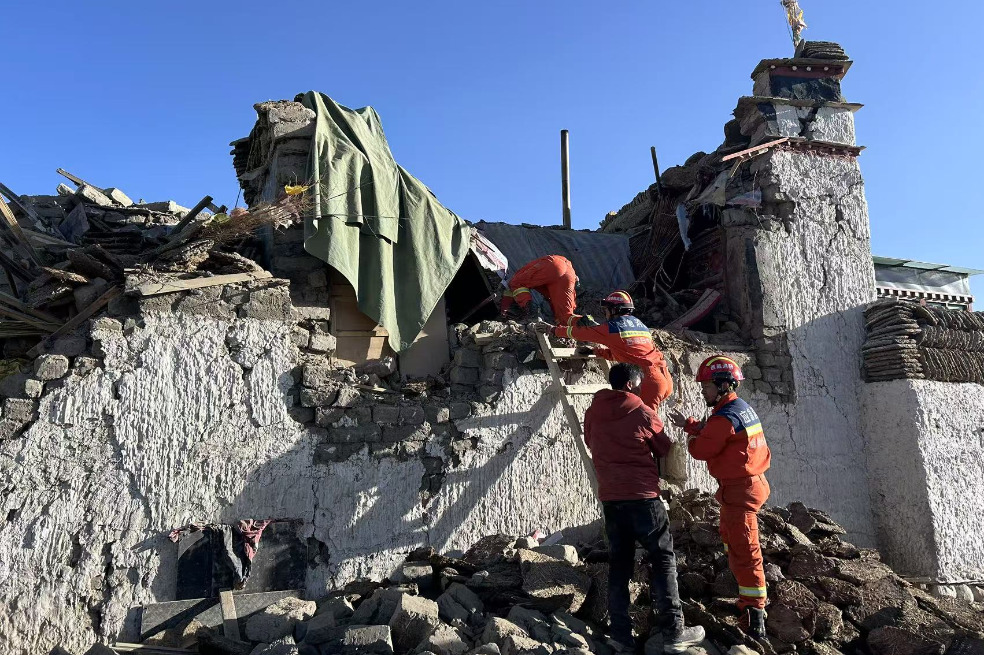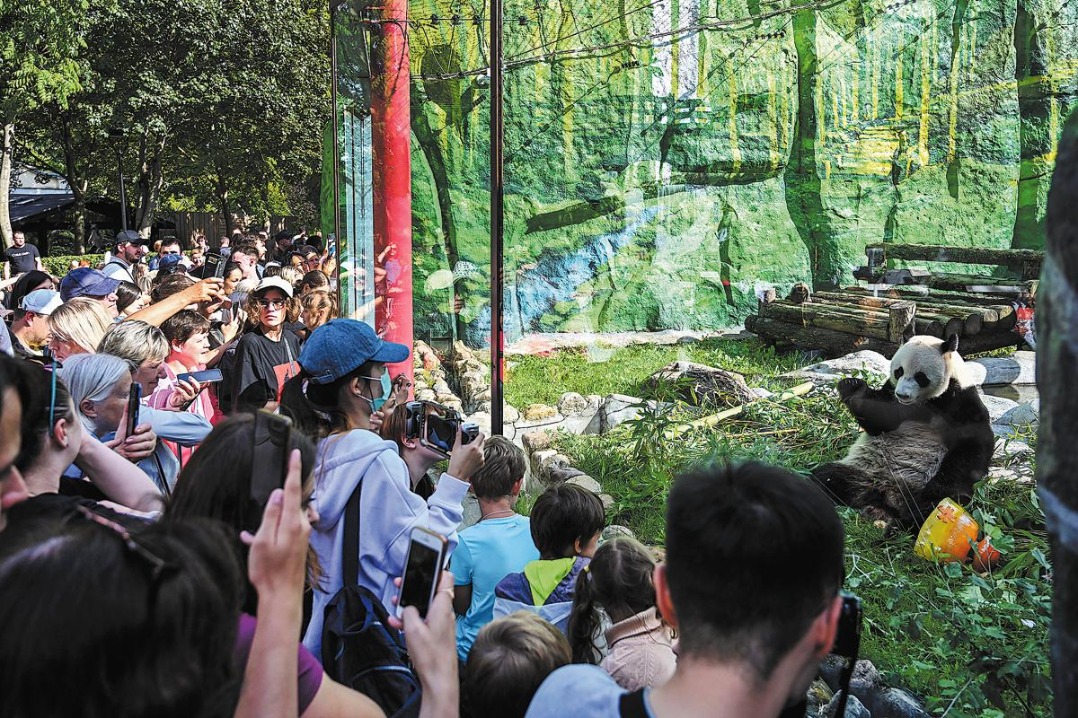Ancient site stands the test of time
By WANG KAIHAO | China Daily | Updated: 2019-07-08 08:15

"These ruins are an outstanding example of early urban civilization expressed in earthen monuments, urban planning, a water conservation system and a social hierarchy seen in differentiated burials in cemeteries within the property."
According to studies led by Liu Bin, director of the Zhejiang Provincial Institute of Cultural Relics and Archaeology, the inner section of the ancient city ruins covers 2.8 sq km, about five times the area of the Forbidden City in Beijing, and the outer city spreads across 6.3 sq km.
Liu said it was the biggest city ruins site of its time frame to be found in China, and was also one of the largest cities of its day in the world.
Its Mesopotamian counterpart, Uruk, key Sumer city ruins in modern-day Iraq dating from 5,800 to 4,000 years ago, covers 810,000 square meters.
In the center of the inner city of Liangzhu lies Mojiaoshan, an artificially terraced site covering nearly 300,000 square meters. The foundations of 35 houses have been unearthed on the terrace, which is 12 to 16 meters above the ground.
"This was probably the site of a palace complex where the top rulers lived," Liu said. "You can imagine how grand it was."
























